Navratri is a colorful celebration that involves a wide variety of ethnic groups and their Ethnic Wear. The festival also offers an opportunity to address serious concerns and commitments. Wearing traditional clothing is one way to honor the rich cultural legacy of Navratri.
This blog will look at the creativity and talent that go into these costumes, talk about the meaning of colors during Navratri, highlight how to employ accessories and offer eco-friendly methods to add some color to your traditional Navratri costume.
Understanding Traditional Navratri Outfits
The diverse components of traditional Indian Navratri attire symbolize the range of customs and traditions that might be observed. The Traditional Wear for Women, known as"Chaniya Choli," comprises an Odhni or Chunri, a crop top, and a flared skirt that is preferred by all.
While "Lehenga-Choli" combos are more typical in North India, "Nauvari" sarees are the standard in Maharashtra. Recognizing the contribution of these costumes assures the preservation of the various cultures and traditions that Navratri embodies.
Artisans across the ages pass down intricate stitching, infusing traditional Navratri garments with meaning. Indian artists present these clothing pieces adorned in exquisite 'bandhani' tie-dye work from Gujarat and stunning 'zardozi' embroidery from North India.
By donning our customary Navratri attire, we pay homage to the rich creative craftsmanship traditions that are inseparable elements of Indian culture. This action transcends a simple fashion statement—it signifies profound appreciation for our heritage and history.
The Significance of Color During Navratri
The nine nights of Navratri are linked to nine distinct colors, each of which is said to symbolize a distinct facet of the Goddess Durga. The colors of Navratri are meaningful and thoughtfully chosen. Power is represented by red, the annihilation of evil by grey, joy is represented by yellow, and so on. You can attract the blessings and energies connected to the specific Goddess form by dressing following tradition and the color of the day.
The Importance of Accessories in Enhancing Traditional Outfits
The traditional Navratri clothing looks more put together when accessories are added. Sparkling glass bangles or large pieces of oxidized silver jewelry are examples of accessories that go nicely with this style.
Little accents like waistbands and "Maang Tikkas," or diamonds placed on the forehead, can have a significant impact on the appearance of your outfit. Think about them for a minute. "Mojris," traditional embroidered shoes, present an excellent opportunity for infusing ensembles with vibrant colors.
Conventional Clothing: Exploring Sustainable Fashion Alternatives
An increasing number of individuals, striving for ecologically conscious living, prioritize eco-friendly and Sustainable Fashion alternatives over traditional apparel. Individuals sharing a similar mindset can opt for outfits that are made of silk and organic cotton that offer breathability while being friendly towards the environment.
The choice transitions into investing in clothing crafted by skilled artisans who uphold their nation’s handloom techniques and preserve indigenous colors. This aspect serves a dual purpose of supporting local cultures whilst fostering sustainability in fashion choices.
Strive to Experiment with mix-and-match Clothing Options
You don't always need to purchase new ethnic wear clothes to complete your traditional Navratri ensemble. Instead, analyze and experiment with various combinations from your current wardrobe.
For an enhanced look, consider wearing a traditional "Koti" - or jacket - over your "lehenga" to generate a more contemporary appearance. As an alternative, consider adding a gorgeous "Dupatta" to one pair's "Chaniya". Creatively combine a few items to infuse your Navratri clothing with fresh life.
Traditional Navratri attire actively embodies India’s uniqueness, diversity, and inventiveness. Use Navratri strategically as an avenue for expressing gratitude towards the Goddess, acknowledging all her blessings while honoring those who masterfully craft traditional garments through their talent and imagination.

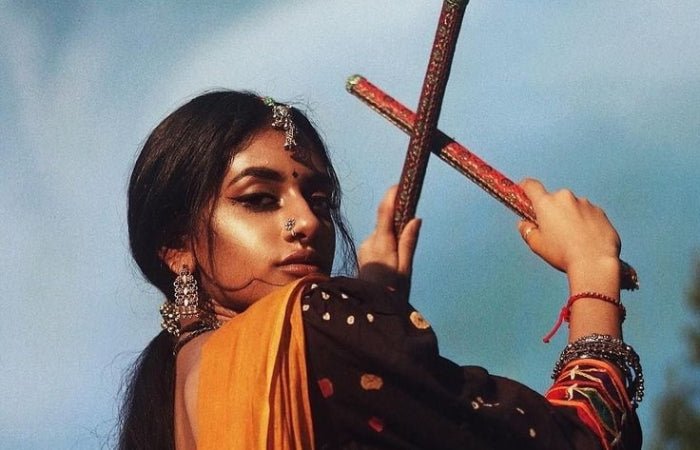















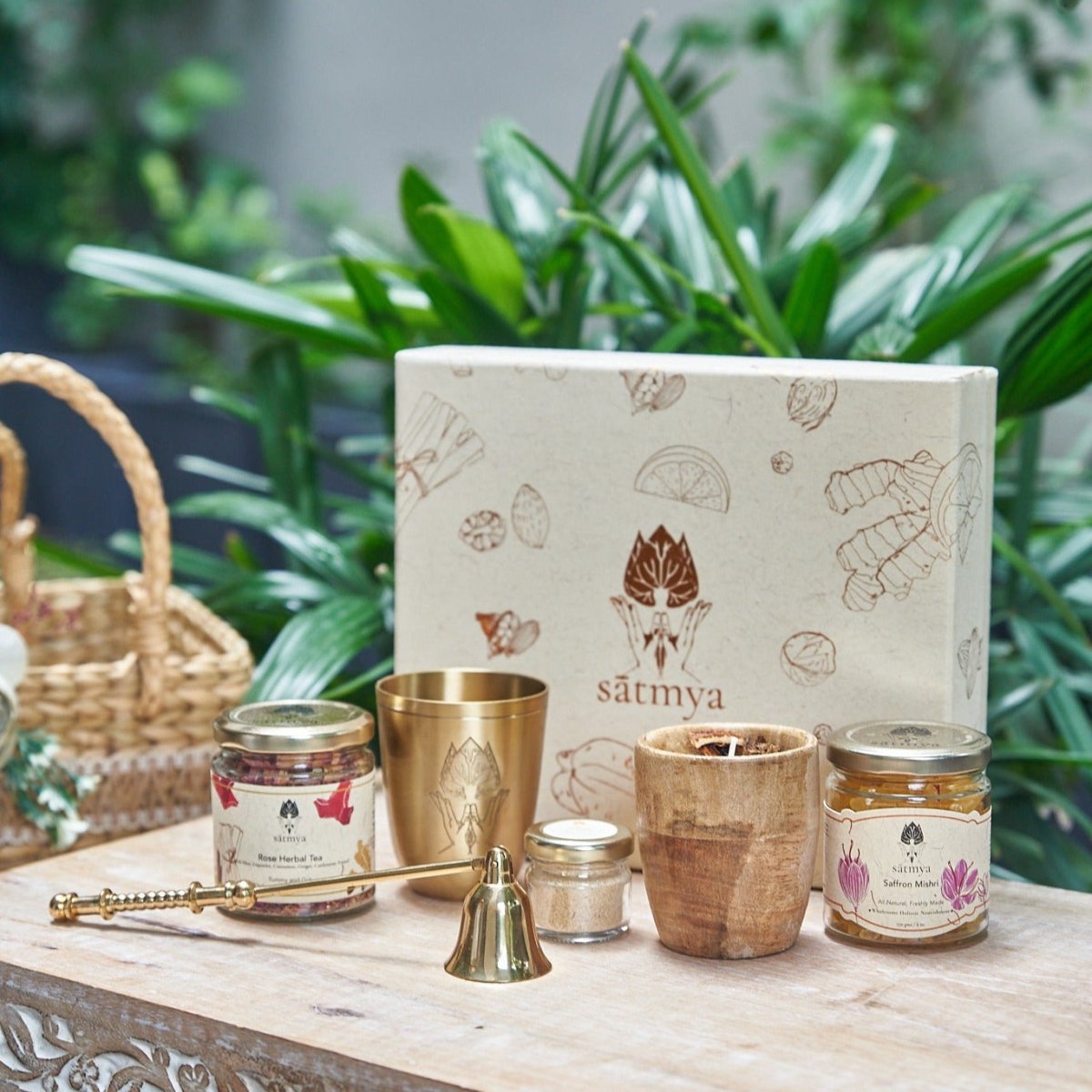



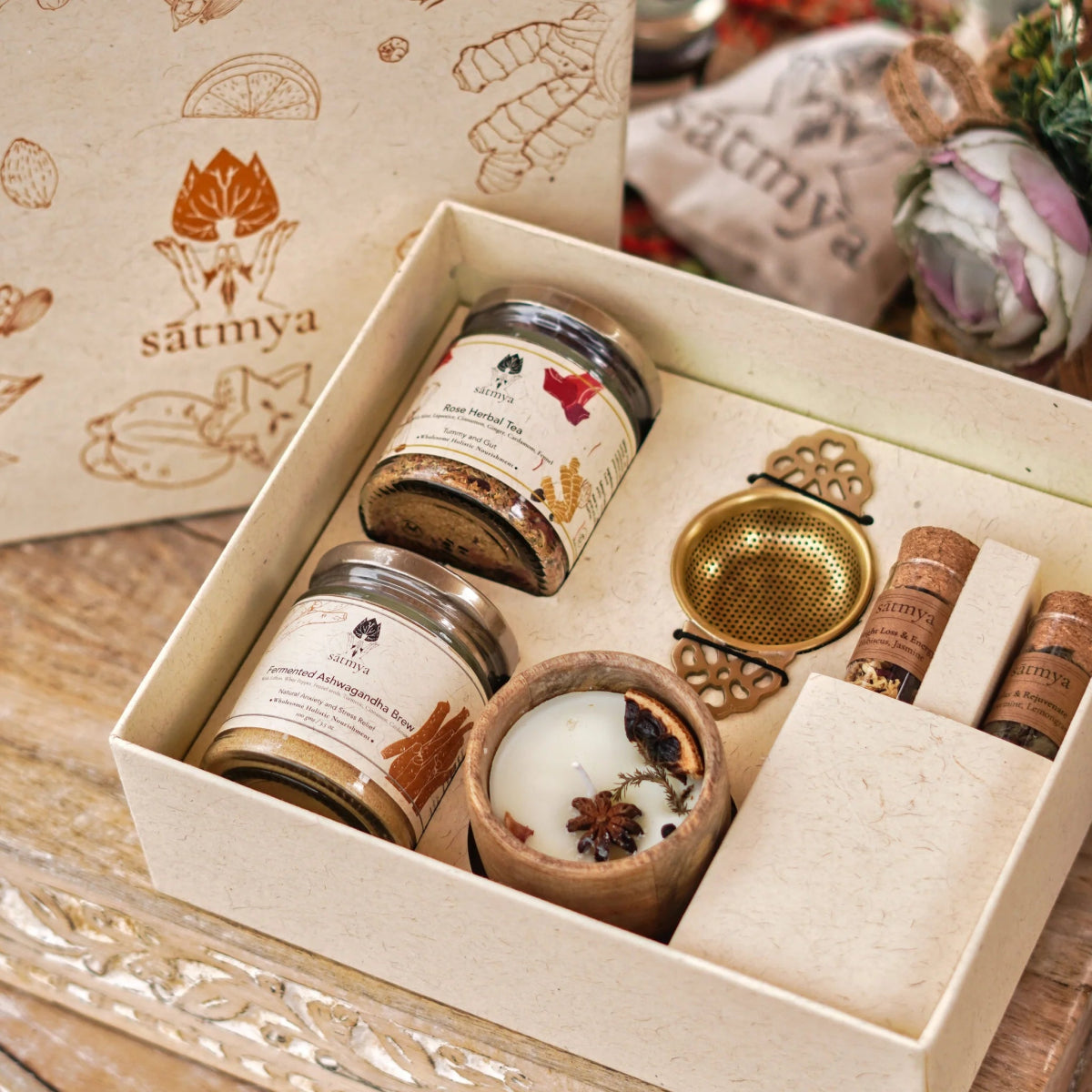

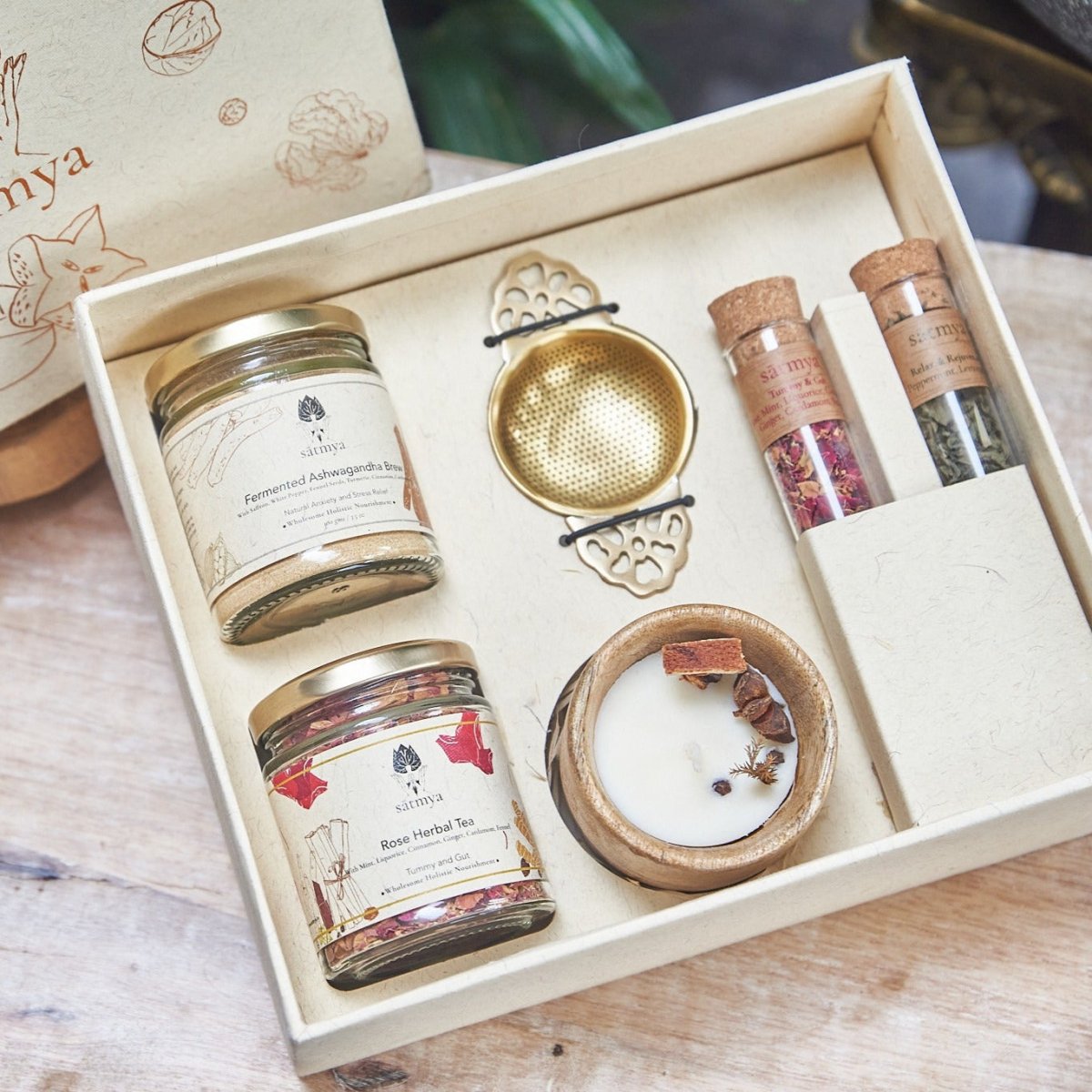











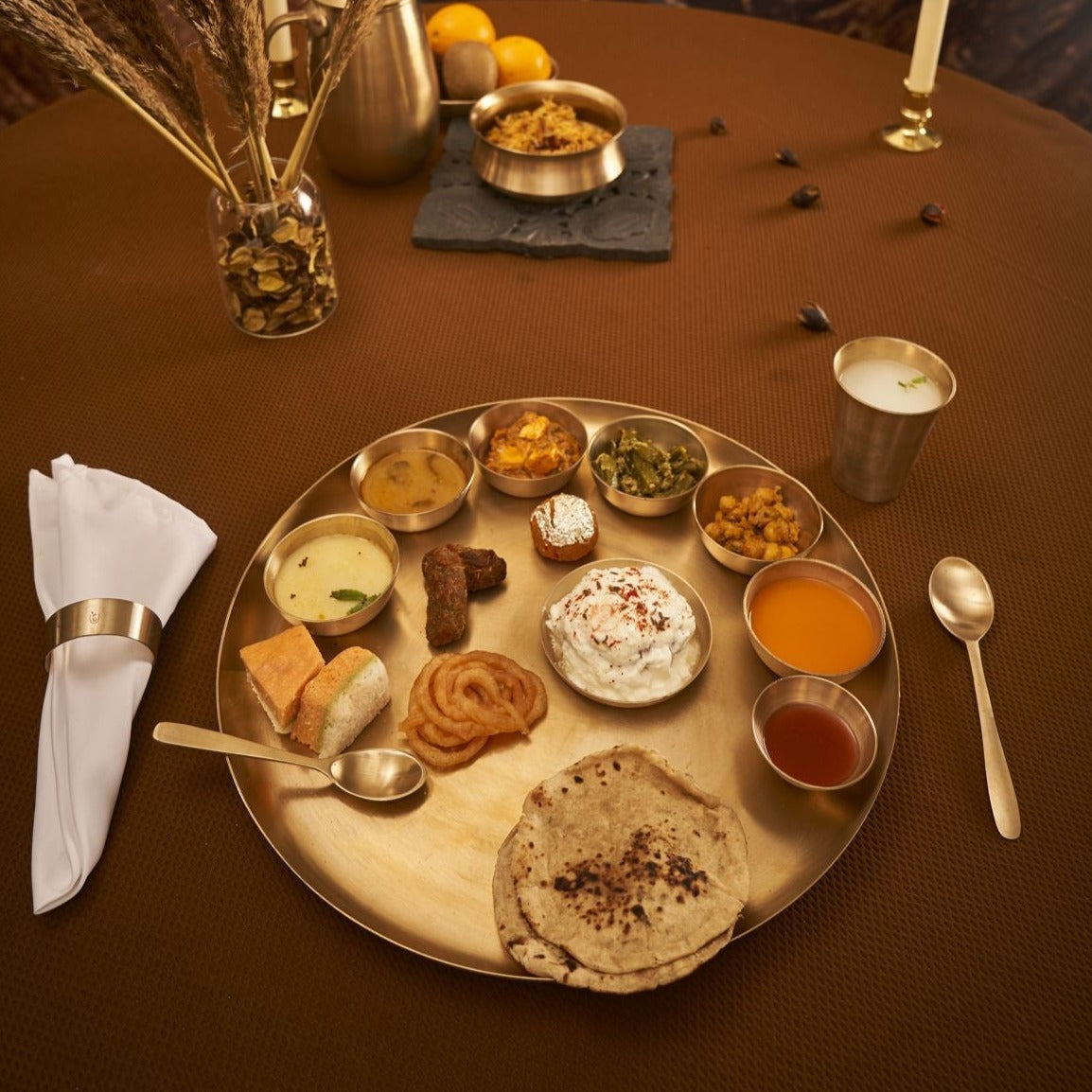














Share:
How to Identify Freshness and Quality in Organic Coffee Beans
Health Benefits of Using Eco-Friendly Bottles Over Plastic